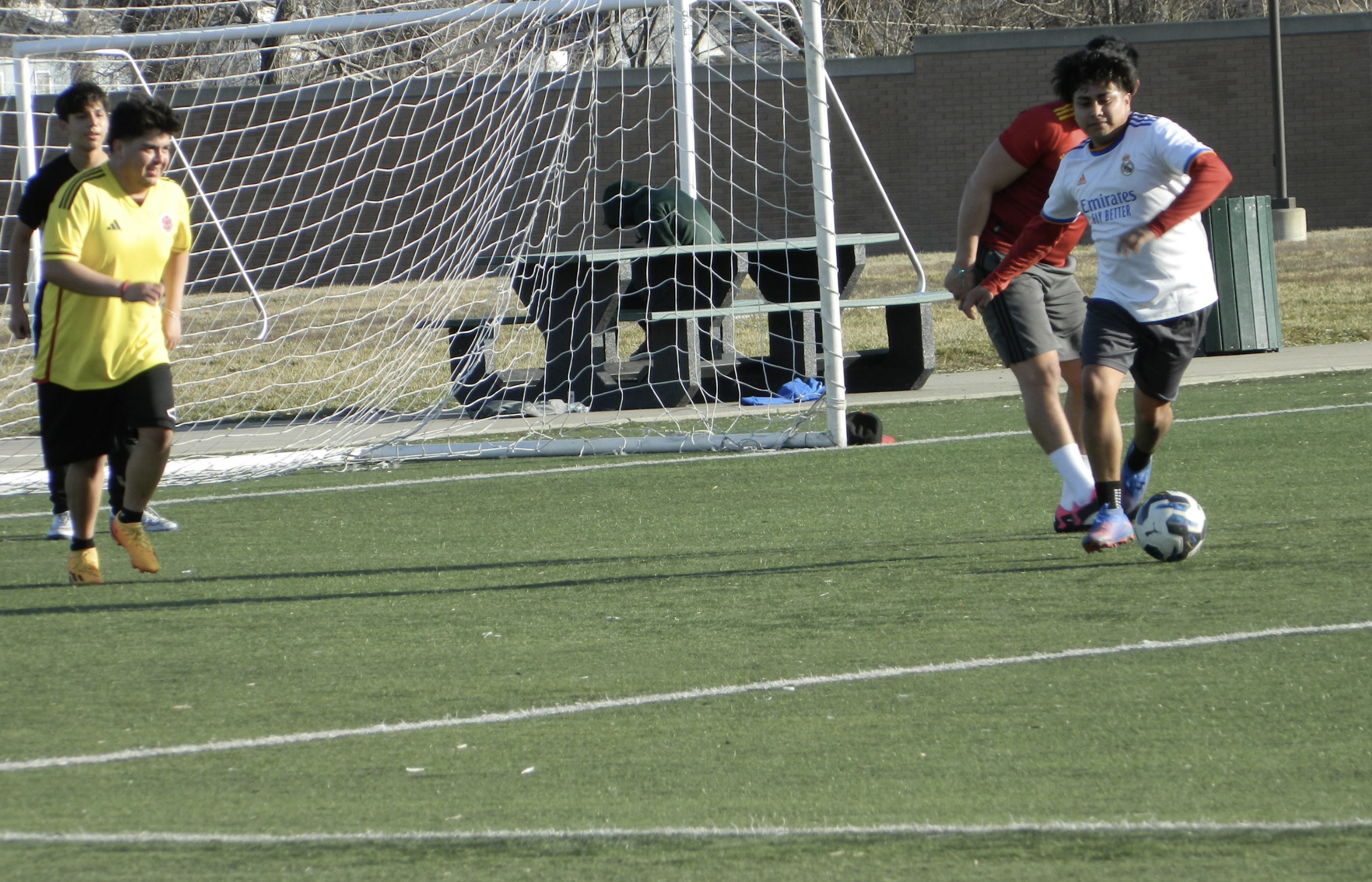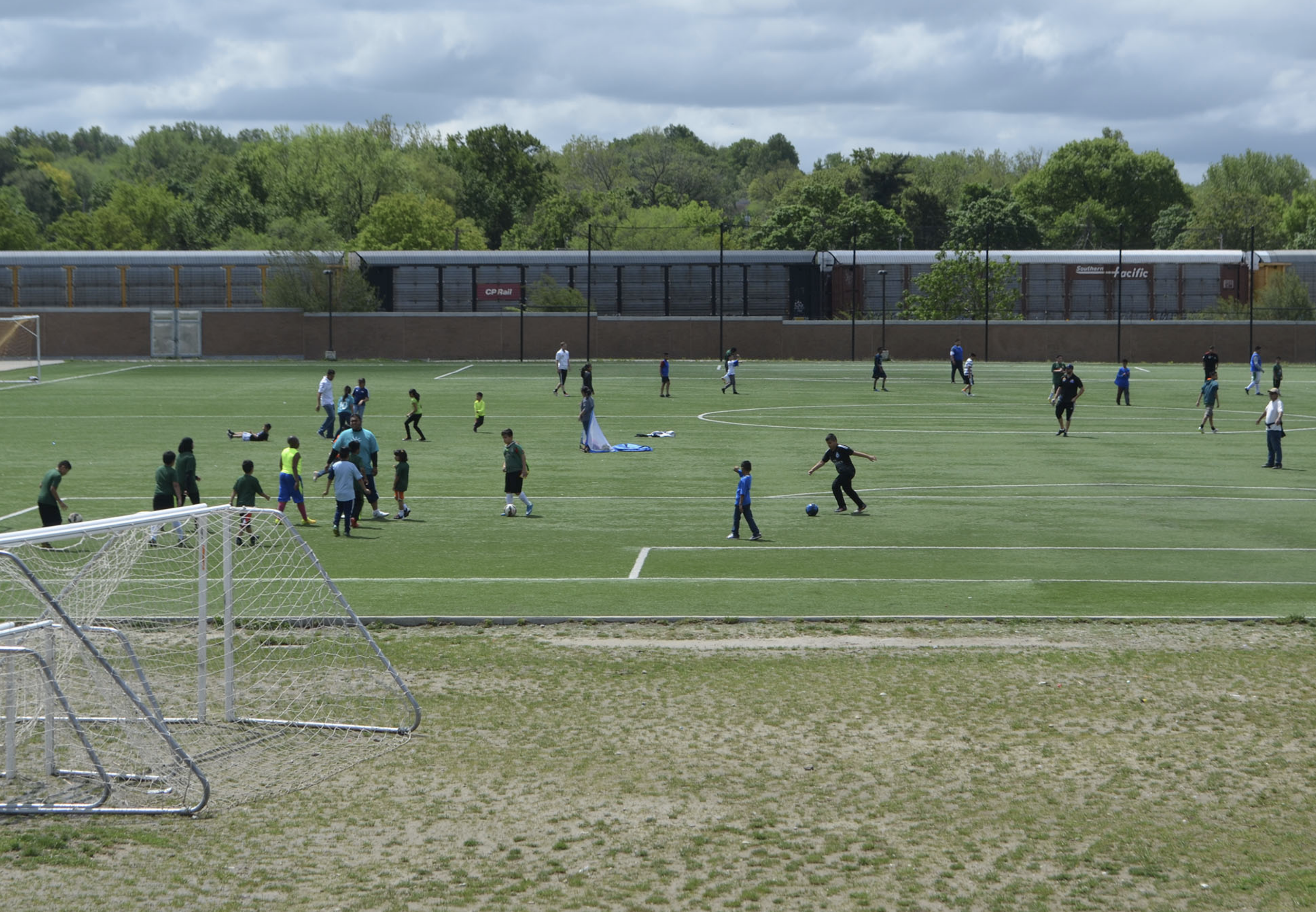Northeast News
December 17, 2014
To the Editor:
In a recent editorial, “Where’s the Outrage? Moreover, Where’s the Leadership?” Bunny the Newshound called for introspection following the Grand Jury decision in Ferguson. However, Mr. Bushnell’s reflections were not representative of many in our neighborhood.
The Mike Brown, Eric Garner, and Tamir Rice tragedies have been meaningful for many because of how they point to a wider pattern of police relations with the non-white community. Multiple polls recently showed that 80 percent of blacks agree that these incidents are part of a larger pattern, while only 35-40 percent of whites agree. If you are among those who deny these patterns, I highly recommend reading Michelle Alexander’s book The New Jim Crow: Mass Incarceration in the Age of Colorblindness. In the meantime, I would like to share a personal example that illuminates the gap between perspectives on this issue.
As a white, middle-class male, I can confidently run with a white friend through Northeast neighborhoods in the dark, early morning hours. The other morning, I came up upon two police officers that were inspecting the exterior of a home with their flashlights. I smiled and waved, and they waved back. I tried to remember if I had seen anything suspicious, so that I could be helpful. I did not feel nervous or afraid; I did not slow down to cross the street; I did not turn around to avoid them. I ran straight ahead, quite near them. Not only did the officers not stop me and ask me if I owned the things I was carrying; they did not stop me and question me about my intentions or destination. I imagine that they did not view me with suspicion, but with trust, simply because I did not fit the profile.
Police statistics consistently show disproportionate pullovers, stop and frisk, and violence towards black males. If I was a teenage black male in a hoodie, the entire situation could have unfolded very differently. Both parties could have encountered one another with fear and suspicion rather than trust and openness, leading to conflict escalation rather than a casual, positive interaction. These patterns need to be acknowledged, challenged, and changed.
Sincerely,
Chris Homiak
Northeast Resident


















